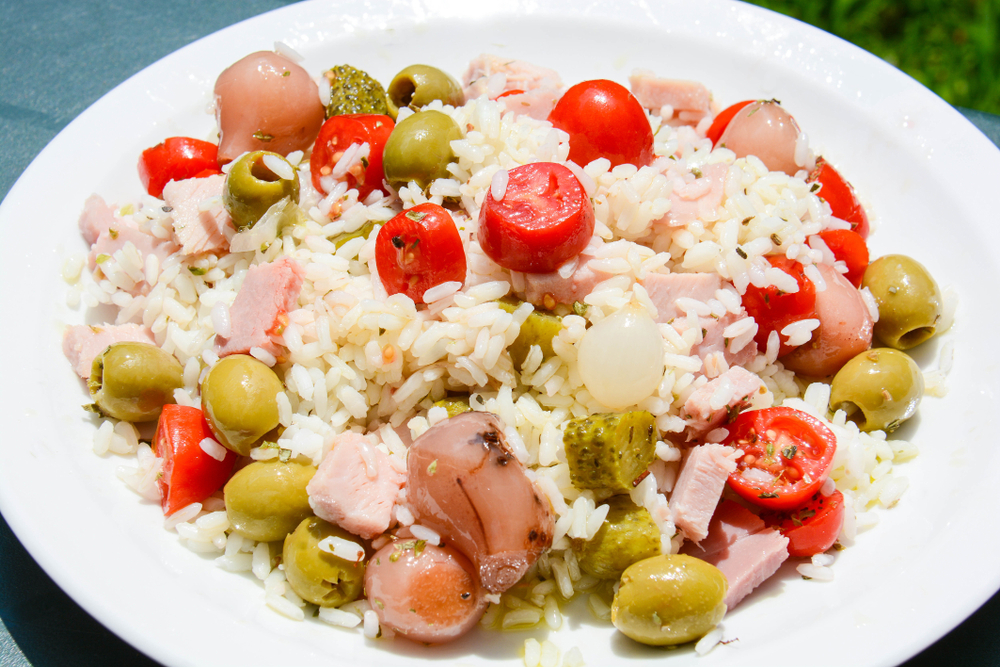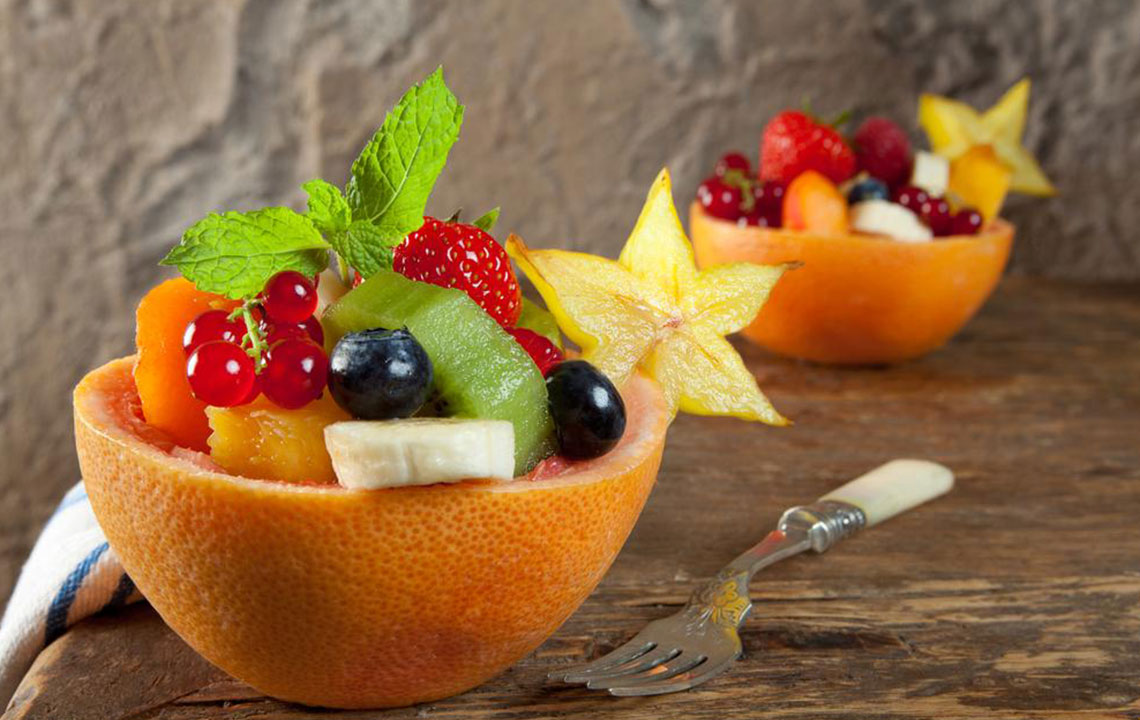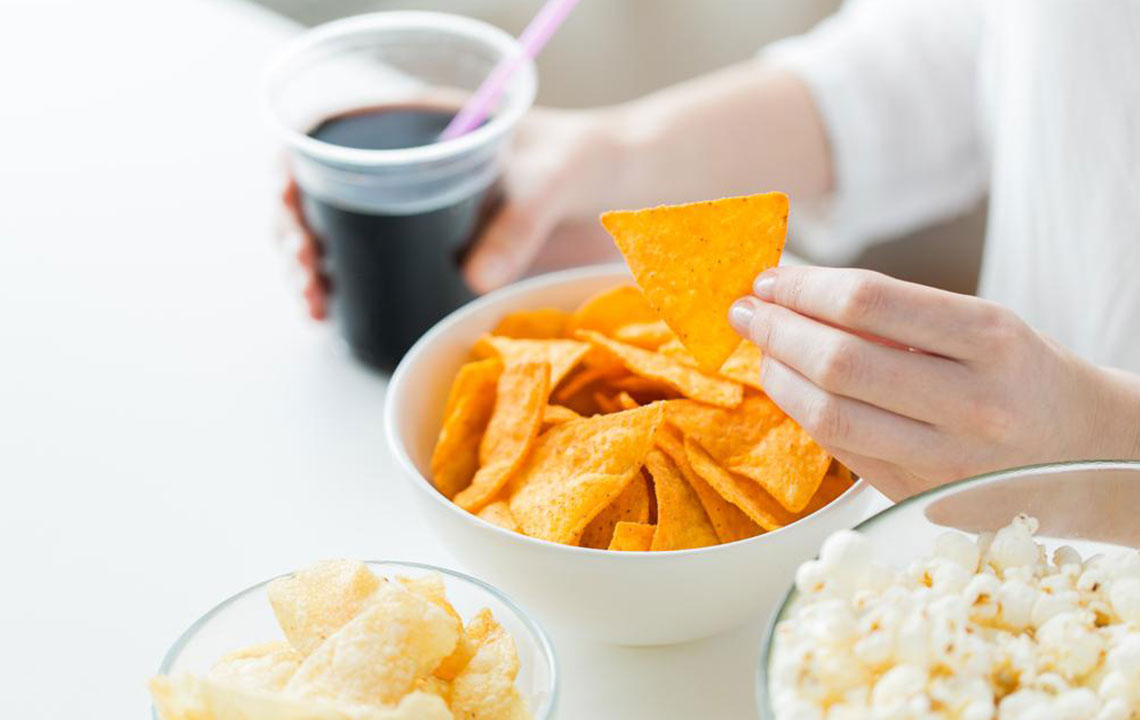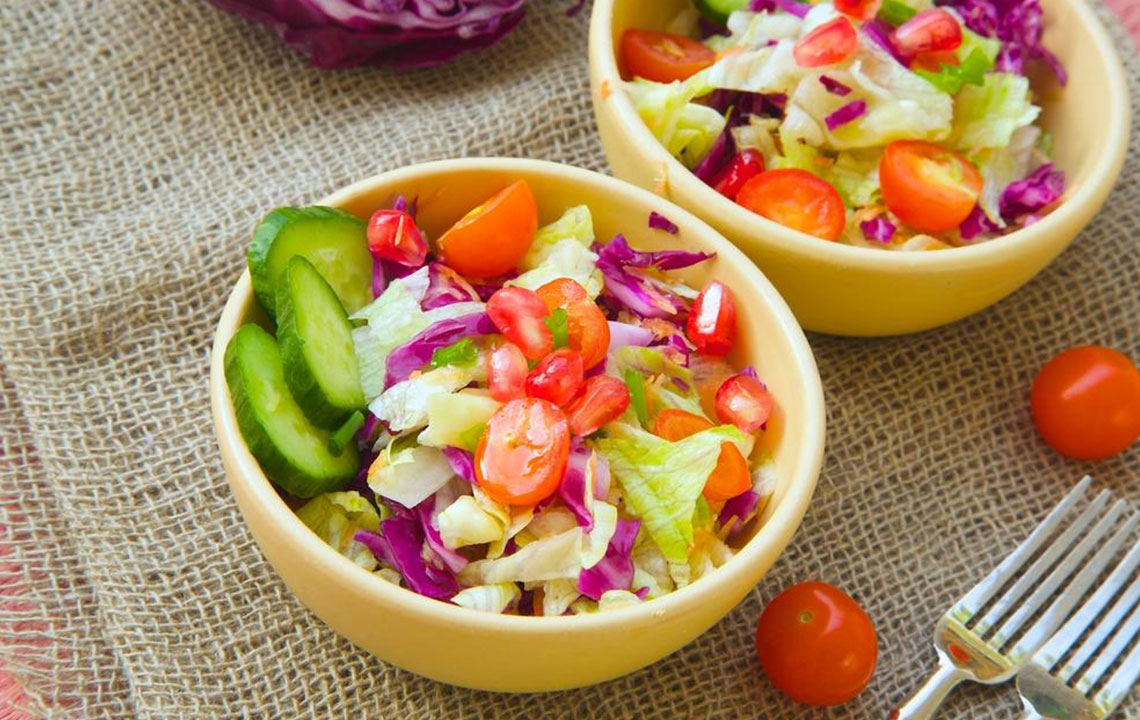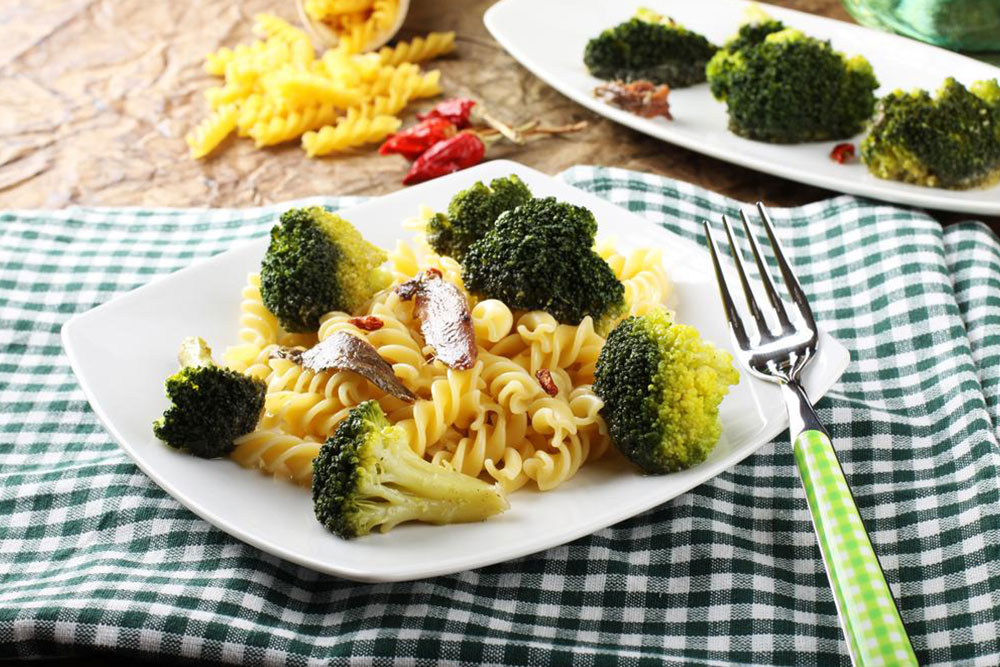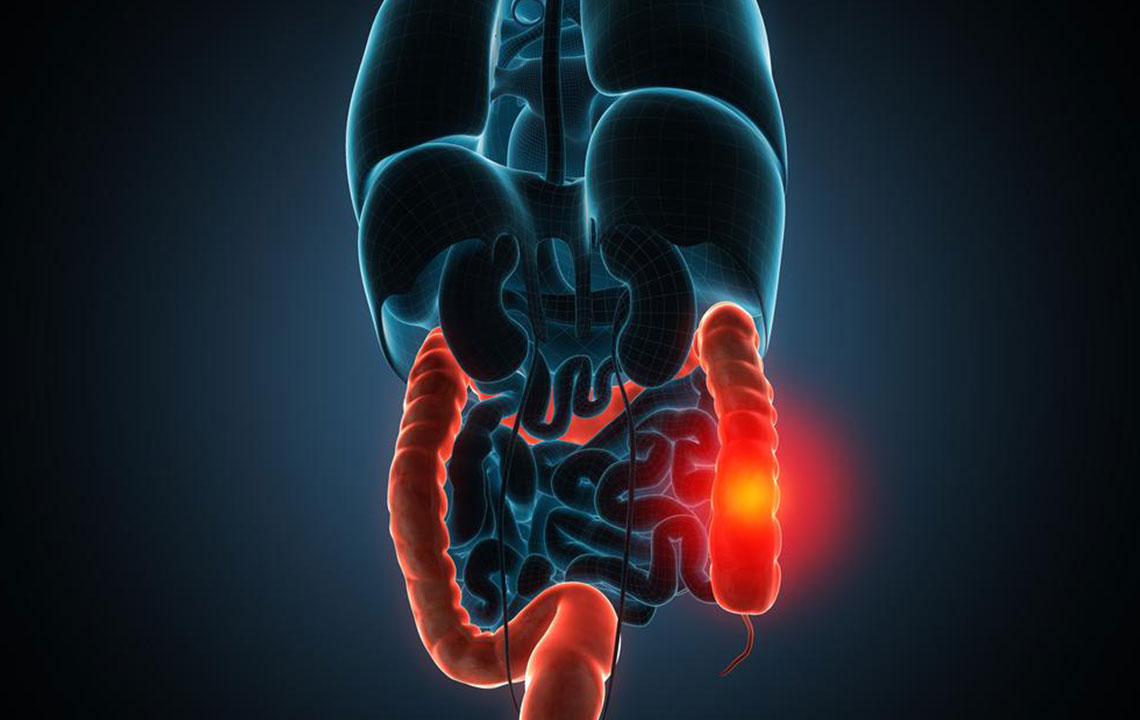Comprehensive Guide to Foods That Can Trigger or Worsen Diverticulitis Symptoms and How to Manage Your Diet
This comprehensive guide explores foods that can worsen diverticulitis symptoms, including spicy foods, high-fat fast foods, and certain vegetables. It offers practical dietary advice for managing and preventing flare-ups, emphasizing the importance of a balanced, fiber-rich diet post-recovery. Learn how to identify and avoid potential triggers to maintain gut health and reduce inflammation for a better quality of life.
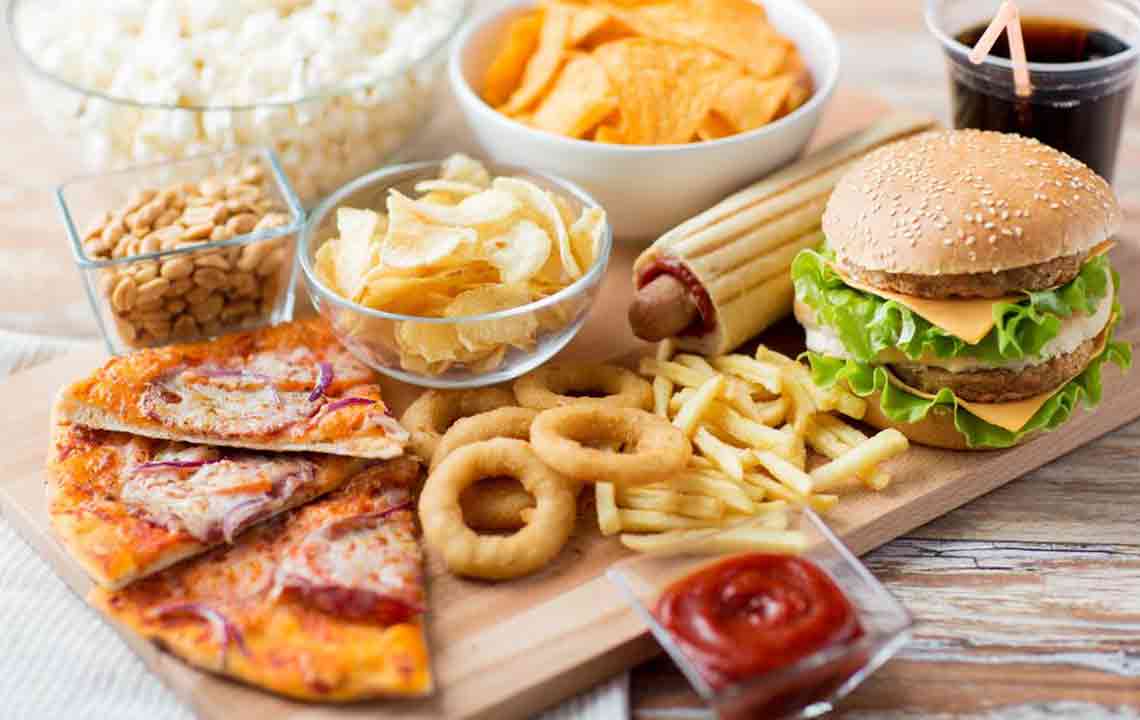
Understanding Diverticulitis and Its Dietary Triggers
Diverticulitis is a common gastrointestinal condition that affects millions of people worldwide. It involves the inflammation or infection of small pouches, called diverticula, that form along the wall of the colon or large intestine. These pouches develop when the weakened spots in the colon wall bulge outward due to increased pressure, often resulting from dietary habits, lifestyle factors, and genetic predisposition. Proper understanding of diverticulitis and its triggers is crucial for effective management and prevention of flare-ups.
While many believe that a high-fiber diet prevents diverticulitis, certain foods are known to exacerbate symptoms during flare-ups. Recognizing these foods can help individuals make better dietary choices, alleviate symptoms, and reduce the frequency of episodes. This comprehensive guide explores the foods that may worsen diverticulitis, the reasons behind their effects, and practical tips for diet management.
What is Diverticulitis?
Diverticulitis occurs when the diverticula, small pouches that form in the colon lining, become inflamed or infected. This condition can cause severe abdominal pain, fever, nausea, and changes in bowel habits. The primary site of pain is usually the lower left abdomen, but it can sometimes occur on the right side or throughout the abdomen depending on the location of the inflamed diverticula. The condition ranges from mild inflammation to severe infections that may require hospitalization or surgical intervention.
Although the precise cause of diverticulitis remains unclear, researchers agree that diet plays a significant role. A diet lacking in fiber leads to harder stool, increased intestinal pressure, and eventually the formation of diverticula. When this condition is combined with other risk factors such as obesity, smoking, lack of exercise, and aging, the risk of developing diverticulitis increases.
Understanding the foods that can trigger or worsen diverticulitis is vital for those affected. Certain foods can irritate inflamed tissue, promote gas buildup, or cause discomfort, thereby exacerbating symptoms and complicating recovery.
Foods That Can Worsen Diverticulitis
Just as proper nutrition can aid in recovery, consuming the wrong foods can hinder healing and provoke flare-ups. Below are some of the most common foods that have been linked to worsening symptoms of diverticulitis:
1. Cruciferous Vegetables (Broccoli, Cabbage)
Despite being rich in fiber and nutrients, cruciferous vegetables like broccoli and cabbage contain complex sugars that can produce excess gas during digestion. For some individuals with sensitive or inflamed colons, consuming these vegetables leads to discomfort, bloating, and increased abdominal pain. During a diverticulitis flare-up, it's often advised to limit or avoid these vegetables until inflammation subsides.
2. Spicy Foods
Spicy foods, including chili peppers, hot sauces, and heavily seasoned dishes, can irritate the intestinal lining, potentially increasing inflammation and discomfort. For individuals prone to diverticulitis flare-ups, spicy foods may trigger symptoms such as diarrhea, nausea, and abdominal cramping, making symptoms worse and prolonging recovery.
3. Corn and Popcorn
Corn is high in fiber but possesses a tough outer shell that can be difficult to digest during an inflamed state. Corn residues can irritate the colon lining or get lodged in diverticula, worsening inflammation or causing obstruction. For those with active diverticulitis, it is advisable to avoid corn and popcorn until the condition stabilizes.
4. High-Fat Fast Foods and Fried Items
Foods high in unhealthy fats, such as burgers, fried chicken, and processed snacks, can increase inflammation and irritate the digestive tract. These foods often lack fiber and contain additives or preservatives that may trigger gastrointestinal distress. Consuming such foods during a diverticulitis flare-up can intensify symptoms and delay healing.
5. Dairy Products
While dairy is an important source of calcium and protein, some individuals find that dairy products like milk, cheese, and ice cream cause bloating, gas, and discomfort during symptom flare-ups. Lactose intolerance can further complicate symptoms, so monitoring dairy intake during active episodes is recommended.
6. Spicy Peppers (Red and Green Peppers)
Similar to other spicy foods, hot peppers can stimulate intestinal cramping and increase gas production, intensifying abdominal pain. For people experiencing active diverticulitis, reducing or avoiding spicy peppers can help manage symptoms more effectively.
7. Processed and Fast Food
Fast food often contains high levels of unhealthy fats, sodium, and additives that can irritate the gastrointestinal tract. These foods are typically low in fiber, which is vital for bowel health. During diverticulitis flare-ups, minimizing intake of fast foods can aid in reducing inflammation and promoting healing.
In addition, it is generally recommended to avoid nuts, seeds, popcorn, and similar foods during the acute phase, as these can sometimes get lodged in diverticula, causing inflammation or infection. However, once the inflammation resolves, gradual reintroduction under medical supervision may be considered.
Managing Diet to Prevent Flare-Ups
Effective management of diverticulitis involves not only avoiding certain trigger foods but also adopting a balanced, nutrient-rich diet that promotes gut health. During the acute phase, a clear liquid diet or low-fiber diet may be recommended to reduce bowel activity and allow inflammation to subside. Once symptoms improve, gradual progression to high-fiber foods is essential for long-term prevention.
Key strategies include:
Increased intake of soluble fiber from sources like oats, apples, and carrots.
Avoiding foods that are known to cause excessive gas or irritation during flare-ups.
Staying hydrated to facilitate digestion and prevent constipation.
Limiting processed foods, red meats, and alcohol, which can promote inflammation.
Consulting healthcare professionals for personalized dietary plans and guidance.
Remember, individual responses to foods can vary. Keeping a food diary can help identify personal triggers and inform dietary adjustments for better management of diverticulitis.
In conclusion, understanding the relationship between diet and diverticulitis is critical for preventing flare-ups and promoting colon health. Managing food choices thoughtfully can significantly improve quality of life and reduce the risk of serious complications associated with this condition.
